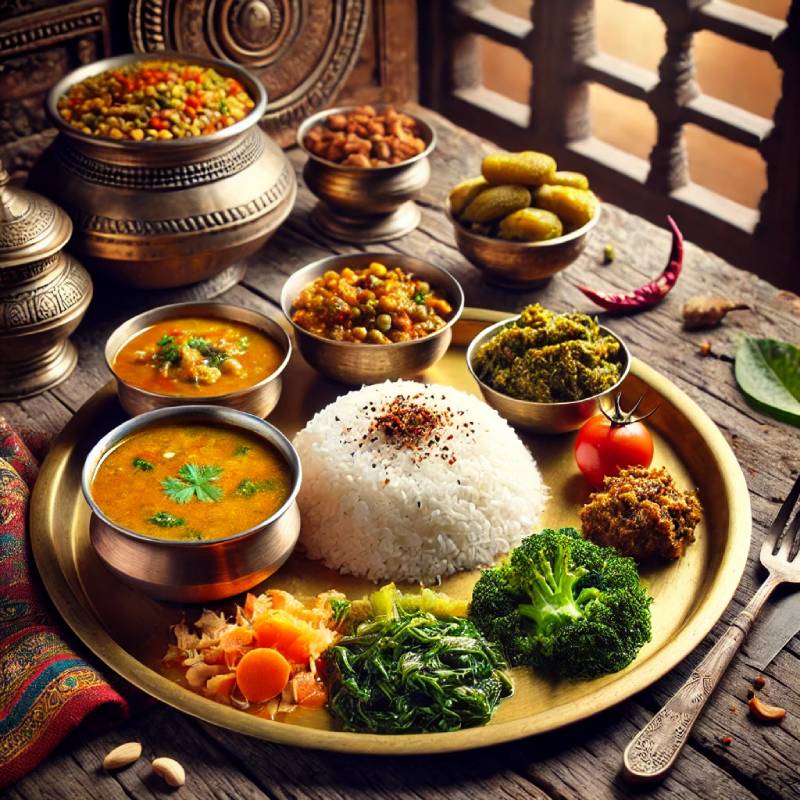More Food

Gundruk: The Fermented Wonder of Nepal – Uncovering Its Nutritional and Gut-Health Benefits
February 25, 2025
-1740465568.jpg)
Cultural Bites: Celebrating the Rituals and Recipes of Nepal
February 25, 2025
-1740461640.jpg)
From Dal Bhat to Balanced Plates: Nourishing Health the Nepali Way to Prevent Chronic Diseases
February 25, 2025

From Dhido to Dumplings: A Journey Through Nepalese Food Habits
February 21, 2025
-1740130486.jpg)
Momos & Memories: Exploring Nepal’s Street Food Culture
February 21, 2025




-1741245072.png)

